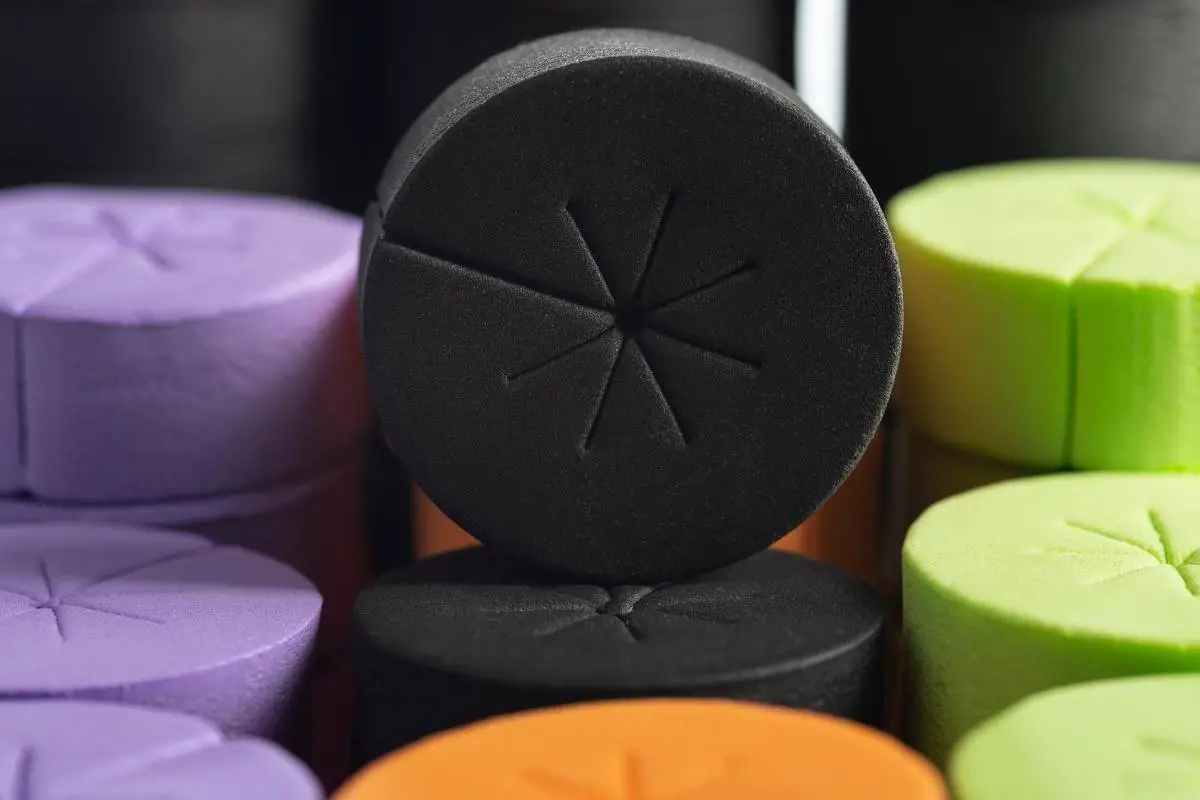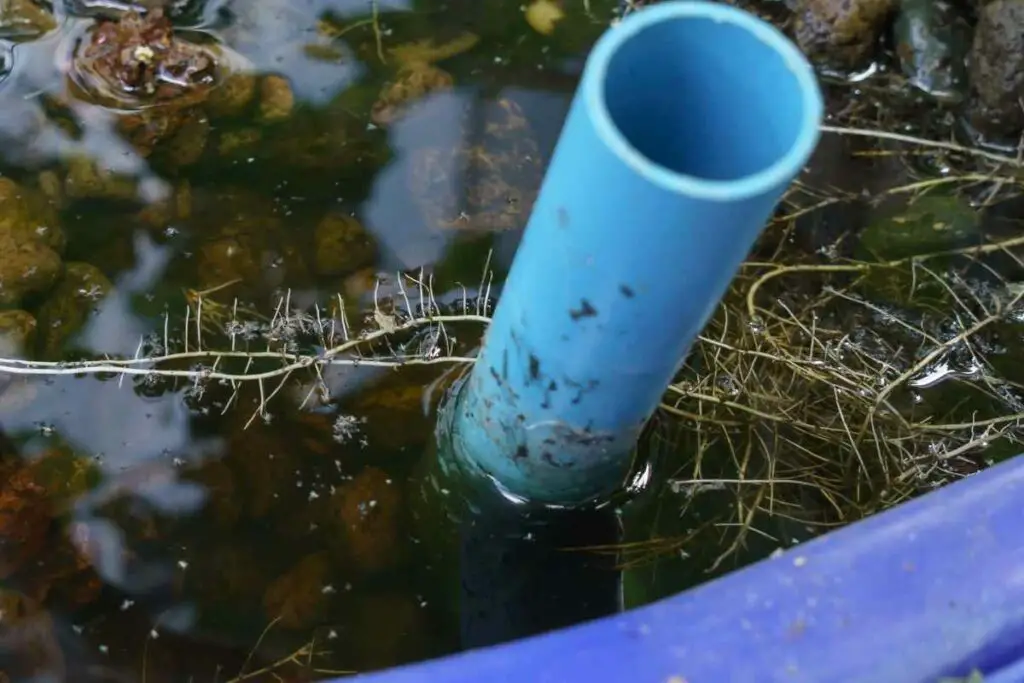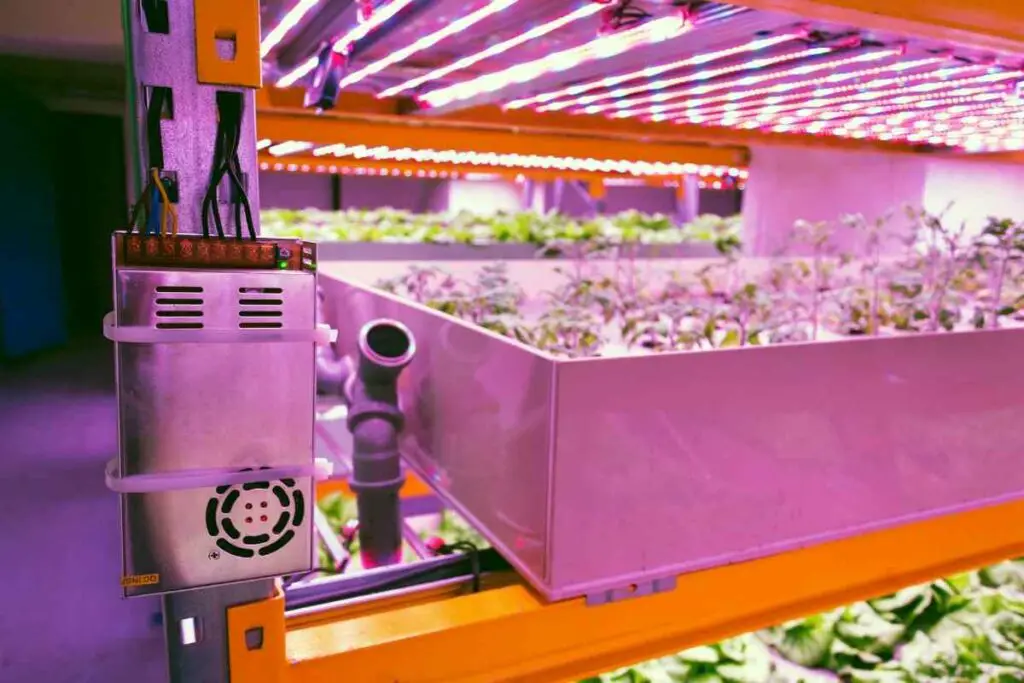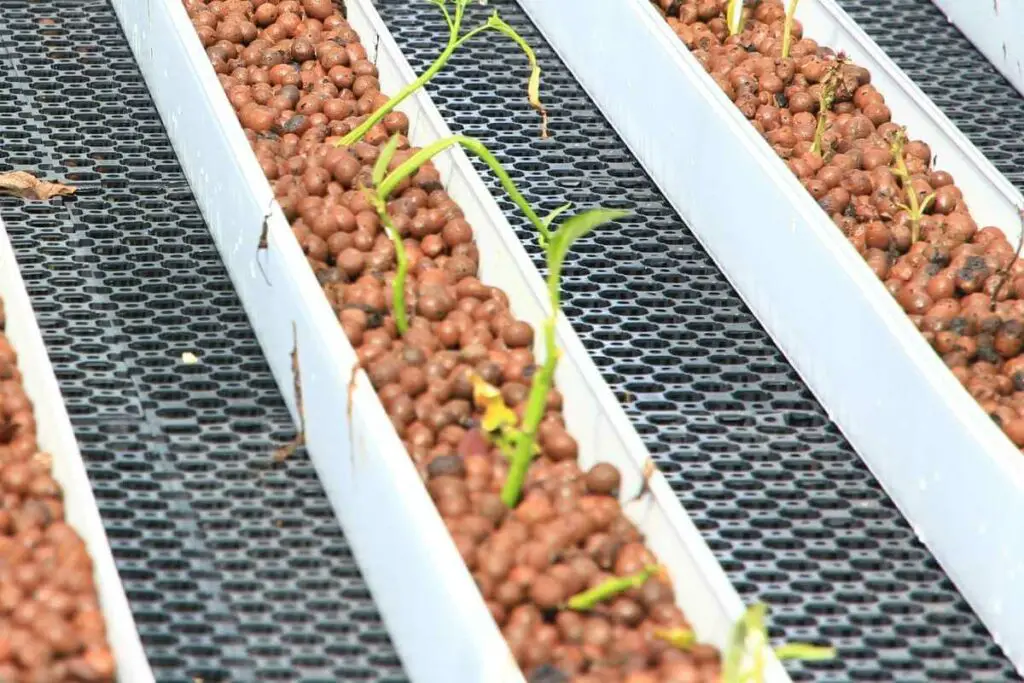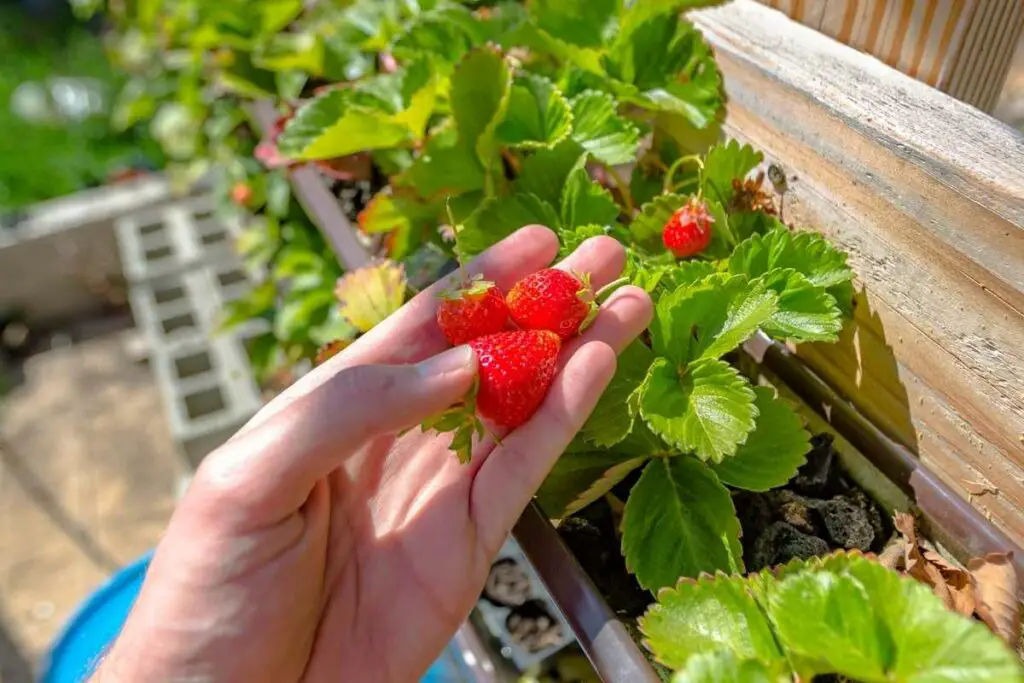It’s vital to keep your EZ Cloner in a pristine condition if you want to get a meaningful return from your gardening practices.
Precisely, you need to ensure that the system is clean and operating smoothly by regularly changing water and other components.
Failure to do this significantly increases the chances of bacteria flourishing.
Ideally, you should change the water and nutrient solution in your cloning system after every five days. Besides maintaining freshness, this lowers the likelihood of bacterial infections.
Nutrient Solution & EZ Cloner
Applying a fresh and sterile nutrient solution is a smart way of combating bacterial infections in your EZ Cloner.
However, the solution loses its potency as the cloning cycle continues and eventually becomes ineffective.
As your plants grow roots and acclimatise with their new environment, the nutrients get absorbed, reduce, and the growth rate slows down as a result.
Another way of eliminating bacteria is by changing water and other components midway through your cloning cycle.
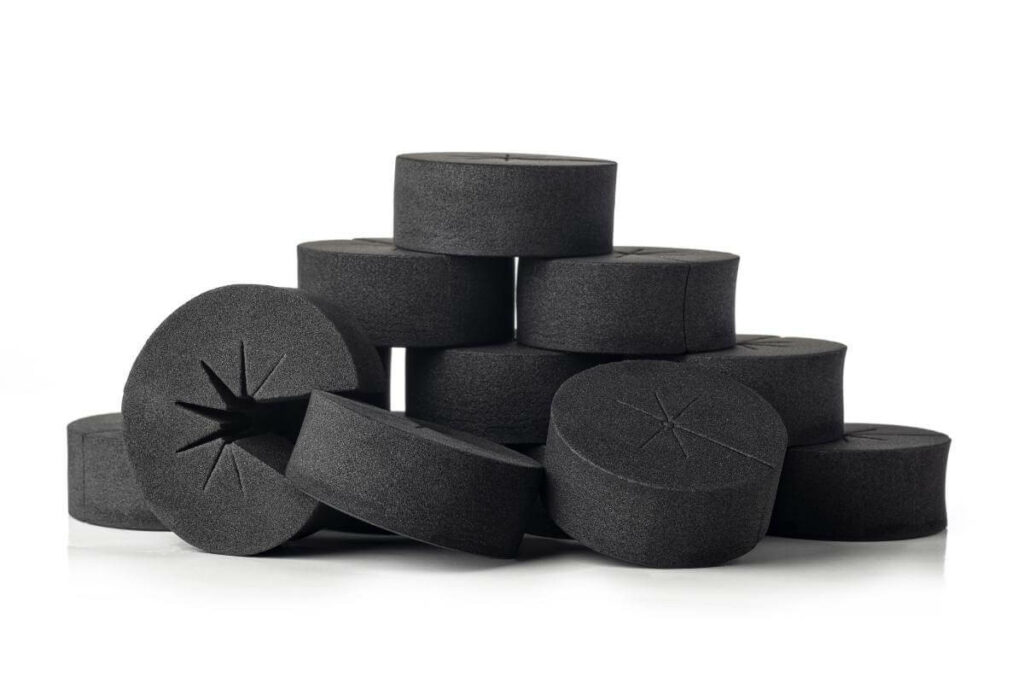
This is particularly effective if you’re dealing with the pathogens at their earlier stages in life.
If you suspect the presence of bacteria and other potential pathogens, changing water is the best thing you can do.
Other reasons that might require you to replace the components of your EZ Cloner include:
- Change in water clarity – if the water appears murky, it shows that it has impurities. As such, it needs immediate replacement to prevent further issues.
- Excess debris in your cloner – when leaves and other waste start decomposing, they disrupt the chemical balance of your water.
- Growth of your plants – when your crop develops from the propagation stage a vegetative state, it’ll have consumed all the nutrients. If you want to harvest in time, you’ll have to replenish the nutrient solution as well as water.
- Loss of electric power for extended periods – when you lose power for a long time, dirt and other debris accumulate. For this reason, you need to invest in backup systems like generators and solar panels.
- Imbalanced nutrient composition – the most obvious indicator that your cloner doesn’t have the right balance of nutrients and minerals is slow growth rate. When this occurs, replace the water and nutrient solution as soon as possible.
- Rapid pH fluctuations – if the acidity and alkalinity of your system is inconsistent, you might need to add water to achieve the recommended levels, depending on the crops you are growing.
Alternative Ways of Optimizing Your EZ Cloner
Beside changing water and nutrient solution frequently, here are some other ways of ensuring the plants in your EZ Cloner grow healthily:
- Checking water temperature
- Applying hormone products
- Cleaning regularly
- Investing in lighting
Checking Water Temperature
When the water in your cloning system is warm (up to 30o C), cell division is much faster, meaning that your plants grow at a fast rate.
The problem is that these conditions also allow bacteria and fungi to flourish. Before you warm up the water in your cloner, sterilise it to kill all pathogens.
The best tools for measuring water temperature are an infrared thermometer or a temperature meter built-in into your cloner.
These are fast and accurate, and their design ensures that you don’t contaminate the cloner while taking measurements.
Be Aware: It’s worth noting that the readings you get from infrared thermometers are up to two degrees lower than the actual temperature.
Applying Hormone Products
Water-soluble hormones can increase your cloned crops growth rate and overall health.
However, you need to confirm that the supplement you’re applying has the mineral composition needed to promote your plants’ development.
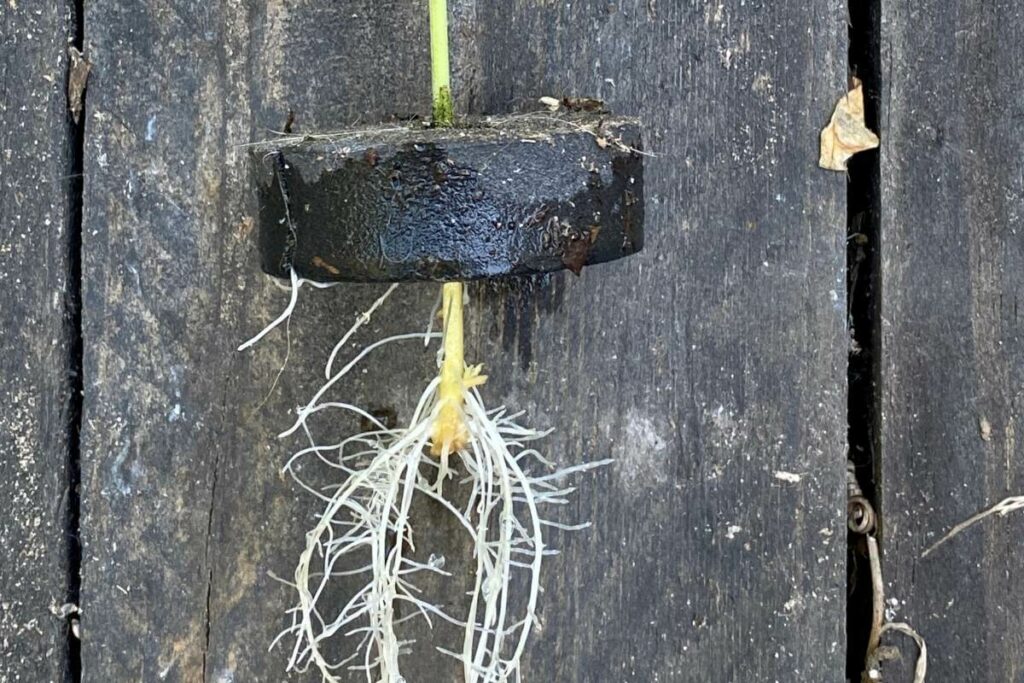
This is because the results produced by hormones without mineral nutrients are unnoticeable.
Cleaning Regularly
Always use clean, sharp and disinfected blades when putting fresh cuttings in your cloner.
Blunt equipment like scissors shouldn’t be used because they can crush the stem.
Also, clean your cloning system immediately after removing your rooted clones. The longer you wait without taking action, the harder it will be to remove them.
Even Worse: They might form a slimy coating on your cloner’s surface and start producing a foul odour, forcing you to restart the entire process.
Invest in Lighting

Lighting can significantly improve rooting in cloned crops.
For this reason, you need to place your cuttings in an area that receives an adequate amount of natural light.
If this isn’t possible, you’ll have to install fluorescent lamps.
That said, avoid placing the light fixtures too close (less than four inches) to the plants.
Final Words
Like other cultivation methods, cloning requires ideal conditions to ensure that the cuttings grow healthily.
Much of this has to do with the state of water and the nutrient content in your cloner.
If you want your cuttings to root fast, ensure that the water in your cloner gets changed regularly.
You must also keep a close eye on other factors such as temperature, pH, lighting, etc.
